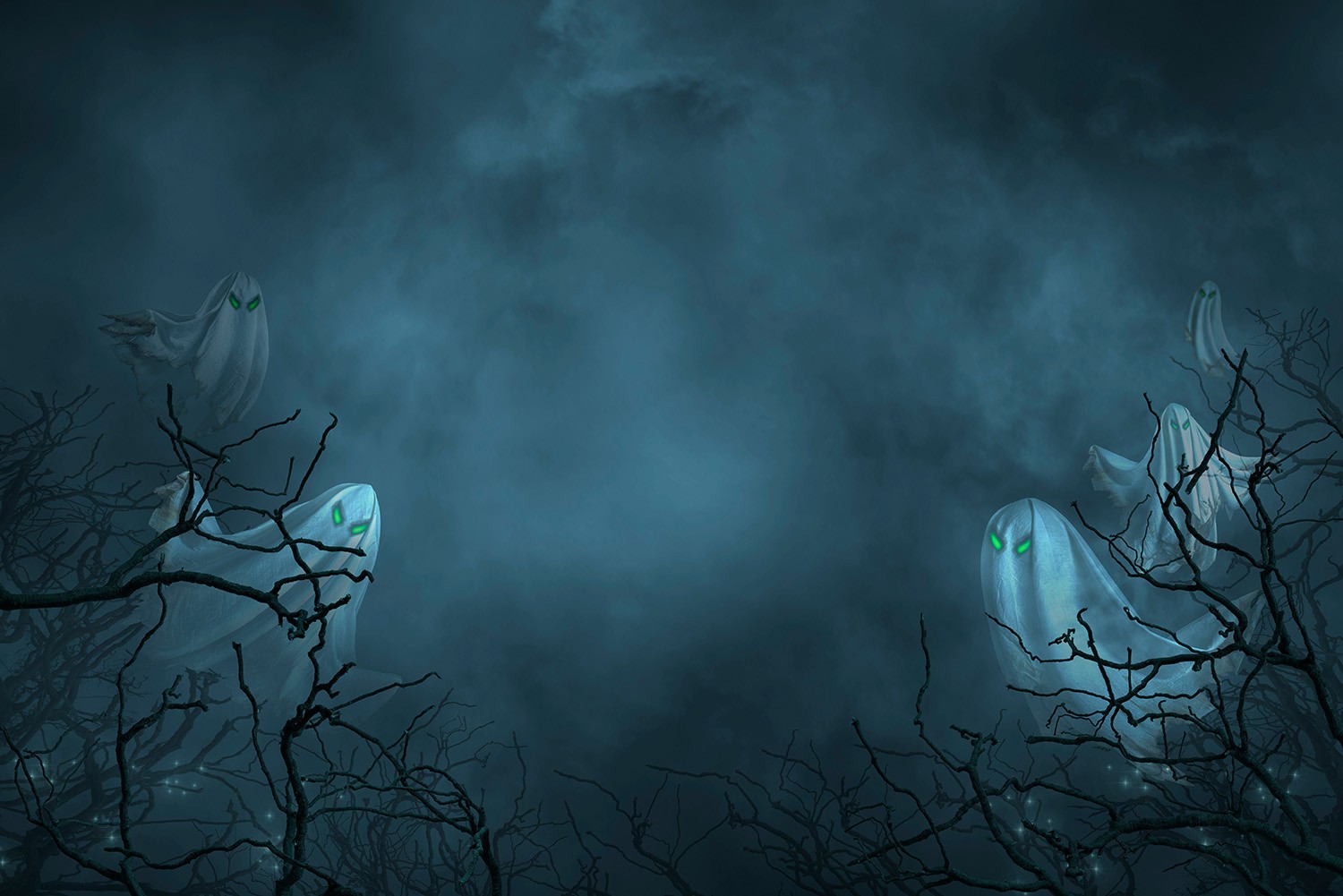
In Japan, summer is the season for eerie tales—whether it's the "Hyakumonogatari" (One Hundred Tales) or the famous "Yotsuya Kaidan." But why do Japanese people enjoy spine-chilling stories about yokai (supernatural creatures) and ghosts during this season? Is it simply to feel a chill in the summer heat, or is there another reason? Let's dive into the history behind this tradition, explore some famous ghost stories, and check out related events. Get ready for a thrilling journey into the world of Japanese kaidan (ghost tales)!
*By purchasing or reserving products introduced in this article, a portion of the sales may be returned to FUN! JAPAN.
Why Do Japanese People Tell Yokai & Ghost Stories in Summer?
Because It’s the Time When Ancestral Spirits Return?
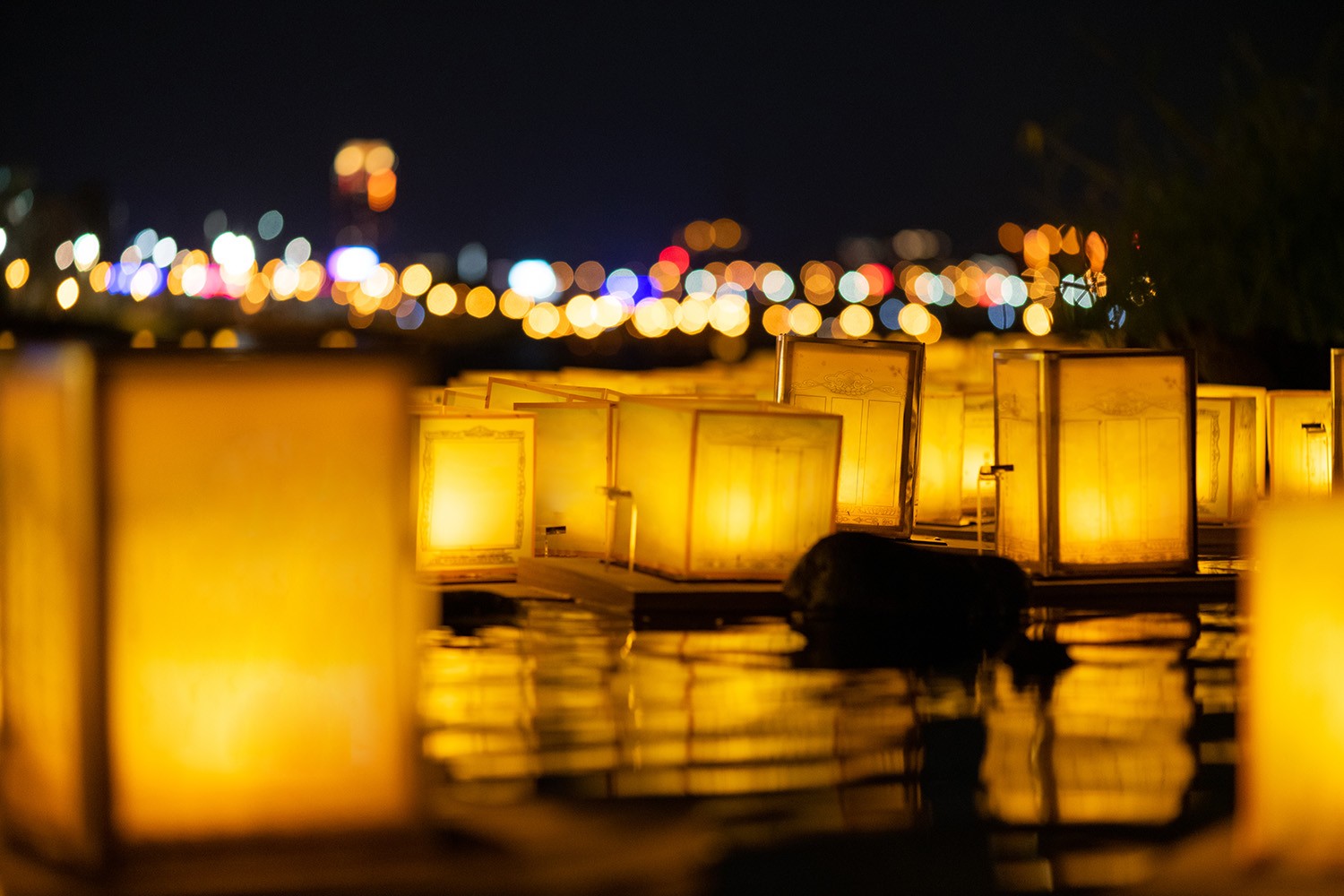
The reason why ghost stories and yokai tales became widespread in Japan during summer is closely linked to the traditions of Obon and the business strategies of kabuki theater. Obon is a Buddhist event held in summer, believed to be a time when ancestral spirits return to the world of the living. However, the spirits that come back are not only those of ancestors—vengeful ghosts with deep grudges and lost souls with no one to remember them were also thought to appear. People believed in these spirits so strongly that they may have actually started seeing ghosts and yokai. Would you dare to believe in them too? You might just catch a glimpse...
Ghost Stories That Made Summer Kabuki More Exciting
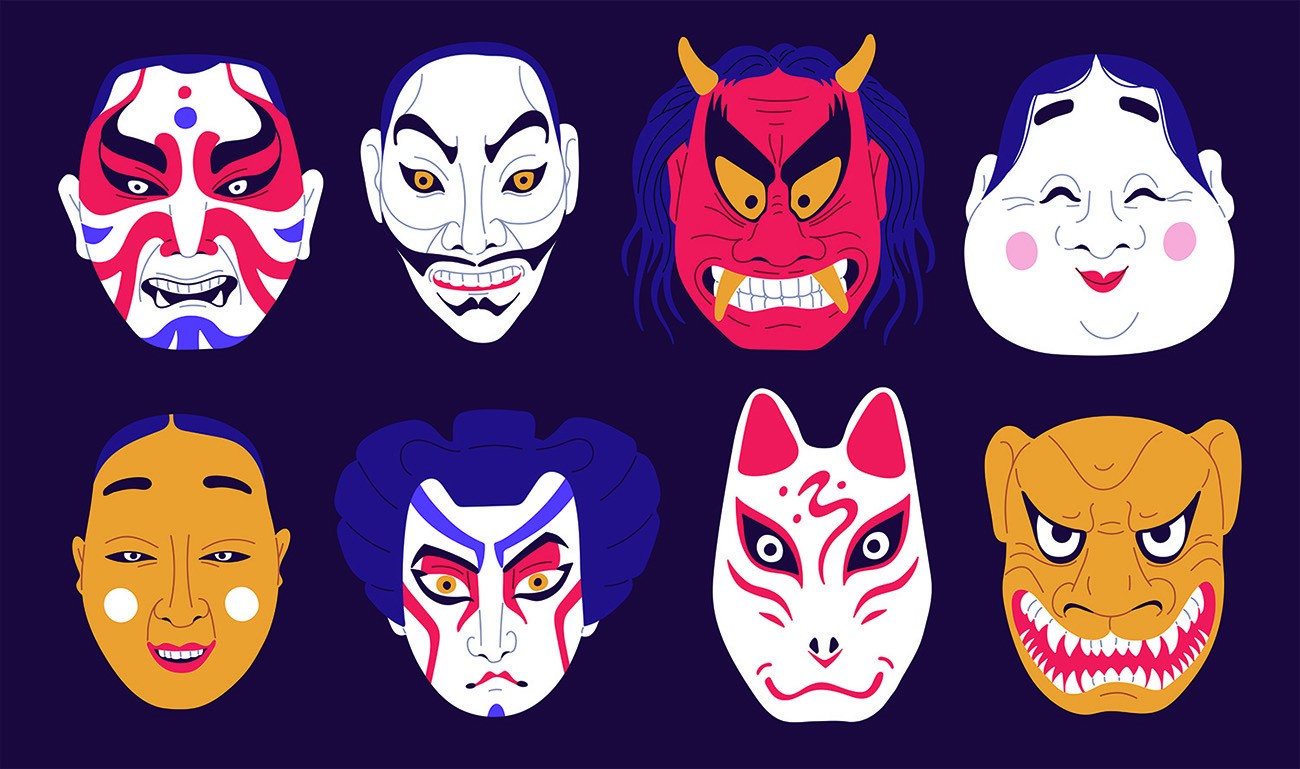
Kabuki theater during the Edo period also played a major role in making ghost stories a summer tradition. The reason? The intense summer heat. The Edo-era playhouses, of course, had no air conditioning, and as the summer heat became unbearable, audiences dwindled. Because of this, famous actors would take breaks or travel to cooler regions for performances, leaving only young, inexperienced actors in the theaters. To compensate, kabuki productions began featuring large-scale stage effects and special tricks to create captivating ghost stories, even without the presence of star actors. This led to the establishment of classic kaidan plays like "Yotsuya Kaidan" and "Botan Doro."
With the combination of Obon traditions and the entertainment strategies of kabuki, ghost stories became an essential part of Japan’s summer culture.
👉 Kabuki performance ticket sponsored by the National Theatre (Tokyo)
👉 Learn About Traditional Kabuki in Ginza, Tokyo
What is Hyakumonogatari? Introducing Edo-Era Ghost Story Gatherings
What exactly was Hyakumonogatari, the ghost story gatherings popular during the Edo period?
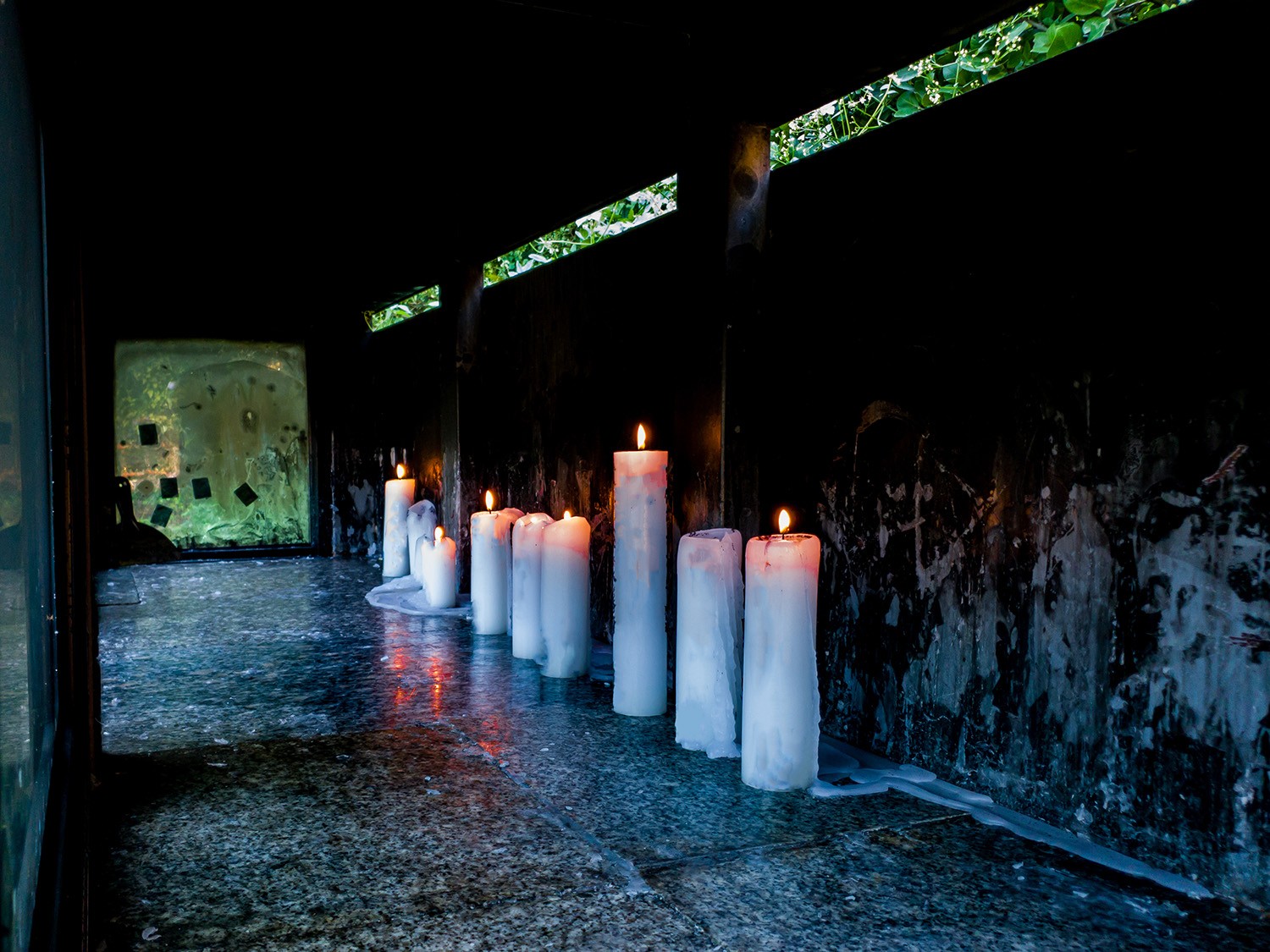
Hyakumonogatari was an event where a group of 3 to 99 people would gather in a tatami room and take turns telling ghost stories throughout the night. The rules were simple: 100 candles were lit at the start, and after each story, one candle would be extinguished. It was believed that once the final candle was blown out, plunging the room into complete darkness, real ghosts and monsters would appear, or mysterious events would occur.
One possible origin of Hyakumonogatari comes from "Otogishu," a group of storytellers employed by feudal lords for both education and entertainment. Among the stories they told, some were ghost tales.
Another theory suggests that it was used as a test of courage for samurai children. During the Edo period, collections of ghost stories, such as "Shokoku Hyakumonogatari," were published and became a major trend. Even the renowned ukiyo-e artist Katsushika Hokusai created artworks based on Hyakumonogatari under the signature "Iitsu."
🛒 Purchase "Ryo no Kosetsu Hyakumonogatari" on 【Yahoo! Shopping】
What Should You Never Do in Hyakumonogatari?
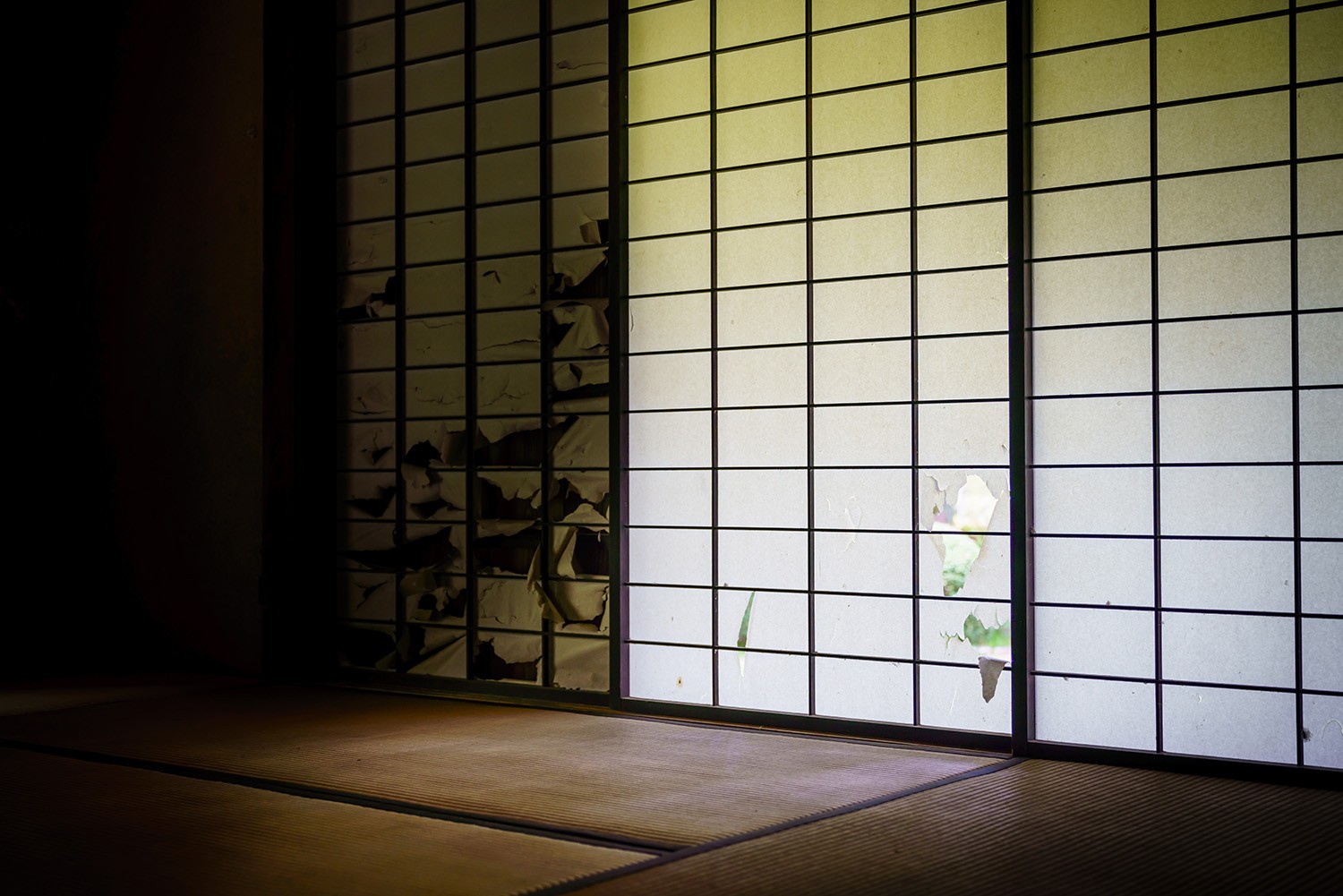
One major taboo of Hyakumonogatari is telling the 100th story. People believed that doing so would summon yokai, ghosts, and vengeful spirits, leading to real supernatural events. However, not all strange occurrences after extinguishing the final candle were terrifying. Some stories even tell of the last participant gaining great success in life. But why did people in the Edo period hold these ghost story gatherings in the first place? One key reason was curiosity about the unknown. Many participated in Hyakumonogatari simply to satisfy their fascination with fear. Even today, it continues to captivate people and is frequently featured in novels, manga, and films.
What Are Famous Japanese Ghost Stories? Introducing the Three Great Ghost Stories of Japan
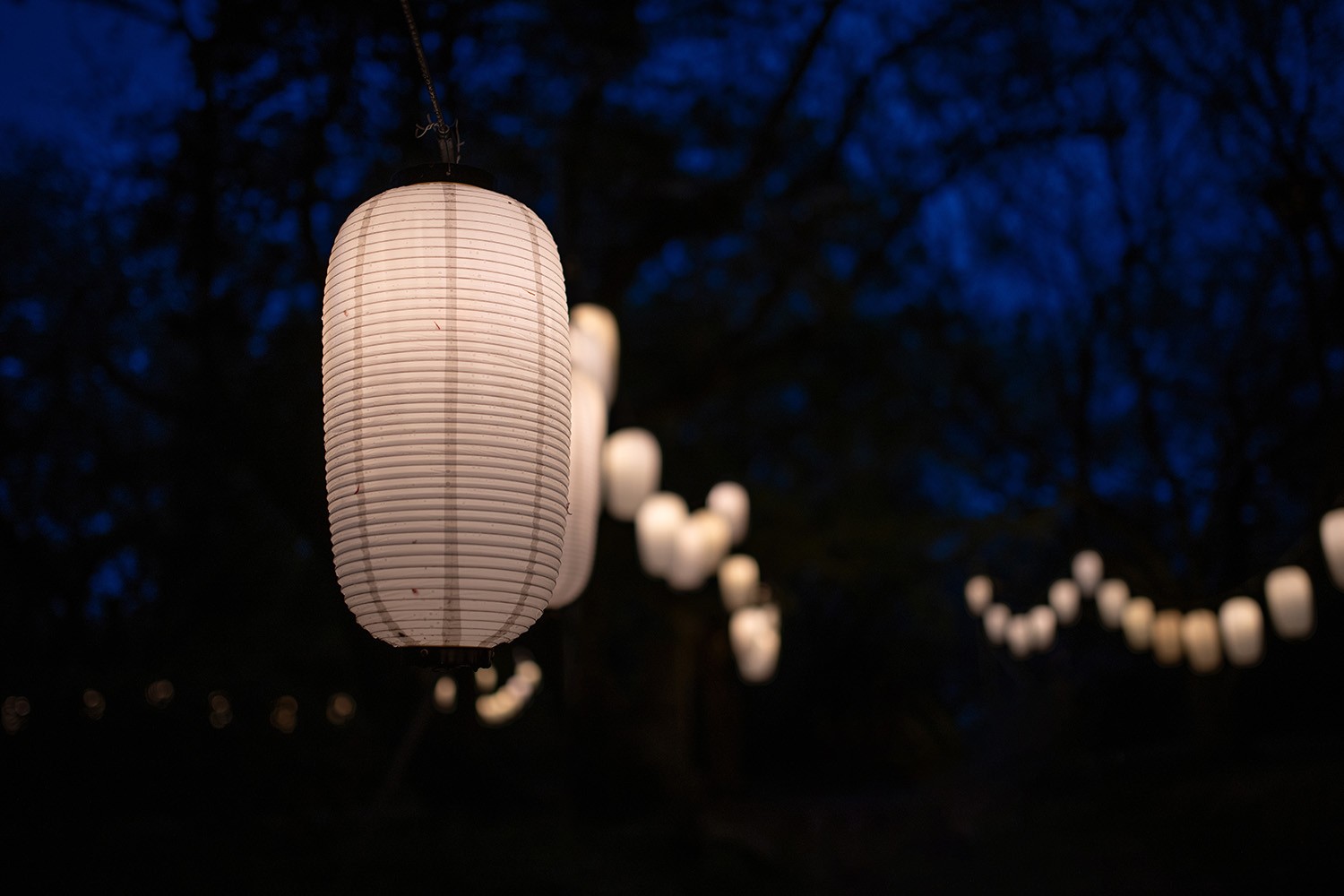
Japan is home to many ghost stories, but the most famous ones are known as the "Three Great Ghost Stories of Japan." Let’s take a closer look at these legendary tales.
The Three Great Ghost Stories of Japan
Yotsuya Kaidan
One of Japan’s most famous ghost stories, "Yotsuya Kaidan," is set during the Genroku era (1688–1704) of the Edo period. The story follows a samurai named Tamiya Iemon and his wife, Oiwa. Iemon married Oiwa, who had been disfigured by smallpox, solely to gain status by becoming a part of her family and escaping his position as a masterless samurai (ronin). Though he initially tolerated the marriage, his disgust toward Oiwa's appearance grew over time. One day, Iemon was offered a chance to marry the mistress of his superior. Seizing the opportunity, he conspired with his superior to deceive and drive Oiwa away. He then married the woman he had secretly desired.
However, when Oiwa later discovered the truth, she was consumed by rage and despair, ultimately dying a tragic death. Her vengeful spirit then tormented Iemon and those who had wronged her, bringing destruction upon them and their entire bloodline.
The most striking aspect of this tale is the eerie supernatural events caused by Oiwa’s wrath and sorrow, as well as the chilling scenes where her ghost appears. "Yotsuya Kaidan" was already a highly popular story in the Edo period and continues to influence modern films and media today.
🛒 Read "Yotsuya Kaidan & Ugetsu Monogatari" in Manga Form 【Yahoo! Shopping】
Banchō Sarayashiki – The Tragic Tale of Okiku
"Banchō Sarayashiki" is a tragic ghost story passed down since the Edo period, centering on a beautiful maid named Okiku. She served in the mansion of Aoyama Shūzen, but one day, she accidentally broke a valuable plate belonging to him. Furious, Shūzen mercilessly scolded her, cut off the middle finger of her right hand with his sword, and imprisoned her with the intent to execute her. Overcome with despair, Okiku managed to escape her confinement but ultimately threw herself into the mansion’s well, ending her life.
From that day on, strange occurrences plagued the mansion. Okiku’s voice could be heard near the well, counting plates: "One... two... three… nine..." After reaching the ninth plate, her voice would turn into anguished cries, and some claimed to have seen a woman with long black hair floating above the well. Despite Shūzen's efforts to hold memorial services for her, the haunting never ceased. Eventually, he was punished by the shogunate, and the Aoyama family fell into ruin. After the mansion was demolished, a Buddhist priest, acting on orders from the shogunate, conducted a final ritual to free Okiku’s spirit, and her ghost was finally put to rest.
This chilling story spread throughout Japan under various names as the "Sarayashiki Legend" and has been adapted into kabuki plays, films, and other forms of entertainment.
🛒 Read the definitive Japanese folktale version of "Banchō Sarayashiki" 【Yahoo! Shopping】
Botan Dōrō – The Peony Lantern
"Botan Dōrō" is a ghost story that begins with a tragic romance between Otsuyu, the daughter of a samurai named Iijima Heizaemon, and a young warrior named Hagiwara Shinzaburō. Their fateful love was cut short by a meddling doctor, who deliberately kept them apart. He did this out of fear—Otsuyu's father, Heizaemon, was rumored to kill anyone who displeased him with his sword. Unaware of the scheme, Otsuyu waited in vain for Shinzaburō to visit her. Heartbroken, she eventually died of sorrow, and her devoted maid, Otsuyu, followed her in death.
However, during the Obon festival the following year, Shinzaburō encountered Otsuyu and Otsuyu again. Overjoyed to see his beloved alive, he welcomed her into his home each night, as Otsuyu carried a peony-adorned lantern (botan dōrō). But the truth was terrifying—Otsuyu and Otsuyu were both spirits. Unable to resist Otsuyu’s ghostly allure, Shinzaburō found himself trapped in her supernatural grasp. No matter how hard he tried to escape, he was unable to, and in the end, he succumbed to the haunting and perished in fear.
"Botan Dōrō" is a must-know tale for any ghost story enthusiast, portraying love and obsession that transcend death.
🛒 Read the novel "Botan Dōrō" 【Yahoo! Shopping】
School Ghost Stories
"School Ghost Stories" is a general term for supernatural legends associated with schools. Among the most famous are "Hanako-san of the Toilet" and "Kuchisake-onna" (The Slit-Mouthed Woman). "Hanako-san of the Toilet" is the spirit of a young girl who appears in school bathrooms. Various versions of the legend exist, but one common belief is that calling her name three times will summon her.
Meanwhile, "Kuchisake-onna" is a terrifying figure who wears a mask and asks passersby, "Am I beautiful?" Depending on the answer, she may chase her victims down with supernatural speed, leading to a horrifying fate. When the story first gained popularity, it caused widespread panic, with some schools even issuing warnings to students.
These school-related ghost stories are often part of the "Seven Wonders of the School," with different versions passed down in various regions. Since the occult boom of the 1990s, they have been frequently adapted into movies, manga, and video games, ensuring their continued popularity to this day.
Chilling Experience! Summer's Cool Ghost Story Event Special
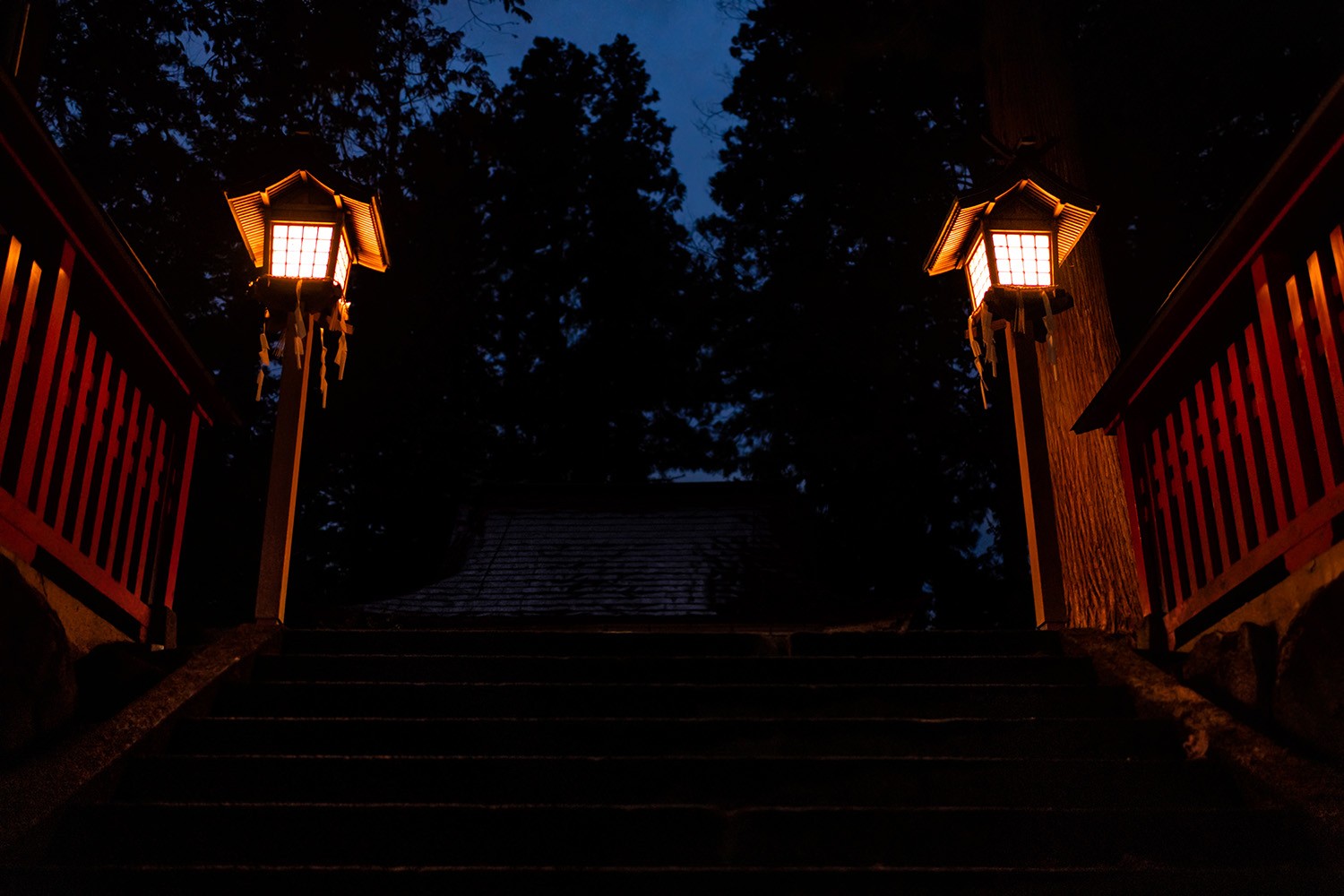
Kikai Yakou
"Kikai Yakou" is an art event that fuses the traditional craft "Yame Lantern" designated by the Minister of Economy, Trade and Industry with the nationally designated cultural property "Yanagawa Hanshu Tachibana-tei Oihana." In a Japanese-style space, what is displayed are "yokai lanterns" created by the artisans who make Yame Lanterns. In 2024, the theme was "Kowakawa" and the event collaborated with 7 popular artists. In addition to exhibiting works, the event also hosted ghost story gatherings led by kaidan storytellers. The fantastical space, adorned by yokai lanterns, makes you feel as if you have wandered into another world.
Kikai Yakou
Location: Yanagawa Hanshu Tachibana-tei Oihana
- Period: Last year it was held from Friday, August 9 to Monday (holiday), August 12
Tachikawa Yokai Bon Odori
"Tachikawa Yokai Bon Odori" is one of the largest yokai-themed Bon Odori events in the Tama area. It is held near Tachikawa Station from early to mid-October every year. The dress code is "yokai costume" or "yukata," among others. In addition to dancing Bon Odori to live band performances, you can also enjoy live concerts by popular artists at the "Yagura Stage." Furthermore, in 2024, various events such as a yokai disco, a hyakkiyakou, and a fox’s wedding were also held. Basically, admission is free, but some areas require an entrance fee.
Tachikawa Yokai Bon Odori
Location: GREEN SPRINGS 2F Chuo Square
- Period: Last year it was held from Saturday, October 12 to Monday (holiday), October 14
- Official Site: https://www.yokaibonodori.tokyo/
Kaikai Yokai Festival
"Kaikai YOKAI Festival" is an event with a yokai theme held at Toei Uzumasa Eiga-mura in Kyoto. Set against the backdrop of an Edo-era townscape, the event features around 100 yokai in the "Uzumasa Hyakkiyakou," as well as yokai art that fuses traditional yokai culture with modern pop culture. There are also interactive events such as "Kaikai YOKAI," where you can dance with yokai, and "Yokai Henka Yūkō," where antique items are transformed into yokai. With snacks, drinks, and souvenirs all themed around yokai, this is an event where you can have fun pretending to be a yokai.
Kaikai Yokai Festival
Location: Toei Uzumasa Eiga-mura
- Period: Last year it was held from Saturday, September 14, 2024 to Sunday, December 8, 2024
- Official Site: https://www.toei-eigamura.com/yokai/
👉 TOEI Kyoto Studio Park Ticket
References
・Why do people in Japan tell ghost stories in the summer? – Kokugakuin University https://www.kokugakuin.ac.jp/article/11192
・Summer in Japan is a "season of horror" not because it gets cooler... Deep relationship with Kabuki https://news.tv-asahi.co.jp/news_society/articles/900006641.html?page2
・Edo-Tokyo Ghost Story Literature Walk - Masao Azuma - Google Books https://books.google.co.jp/books?id=cuDaTOFSrA8C&pg=PA29#v=onepage&q&f=false
・Vol.15 "100 Stories That Will Kill Your Body and Mind"https://takikawa.mypl.net/article/library_takikawa/54388#:~:text=%E6%97%A5%E6%9C%AC%E3%81%A7%E6%9C%80%E3%82%82%E6%9C%89%E5%90%8D%E3%81%AA,%E3%81%AA%E3%82%8B%E4%BC%9D%E7%B5%B1%E7%9A%84%E3%81%AA%E3%82%84%E3%82%8A%E6%96%B9
・What is Otogishu? Easy-to-understand explanation of meaning, reading, and usage - goo Japanese Dictionary https://dictionary.goo.ne.jp/word/%E5%BE%A1%E4%BC%BD%E8%A1%86/
・History of Rakugo: Enjoying Laughter and Stories|Popular Performing Arts and Vaudeville|Bunka Digital Library https://www2.ntj.jac.go.jp/dglib/contents/learn/edc20/rekishi/rakugo/index1.html
・Test your mettle: The world of 100 stories | NDL Image Bank | National Diet Library https://ndlsearch.ndl.go.jp/imagebank/column/kimodameshi
・Kotaro Tanaka Yotsuya Kaidan https://www.aozora.gr.jp/cards/000154/files/4485_11833.html
・What is Genroku? Meaning and Usage - Koto Bank https://kotobank.jp/word/%E5%85%83%E7%A6%84-493340
・ Koutaro Tanaka Dish House https://www.aozora.gr.jp/cards/000154/files/4484_11820.html
・Lafcadio Hearn (Author), Masayuki Ikeda (Editor, Translation) "Japan Ghost Stories II" (Kadokawa Sophia Bunko, 2019, 384 pages)
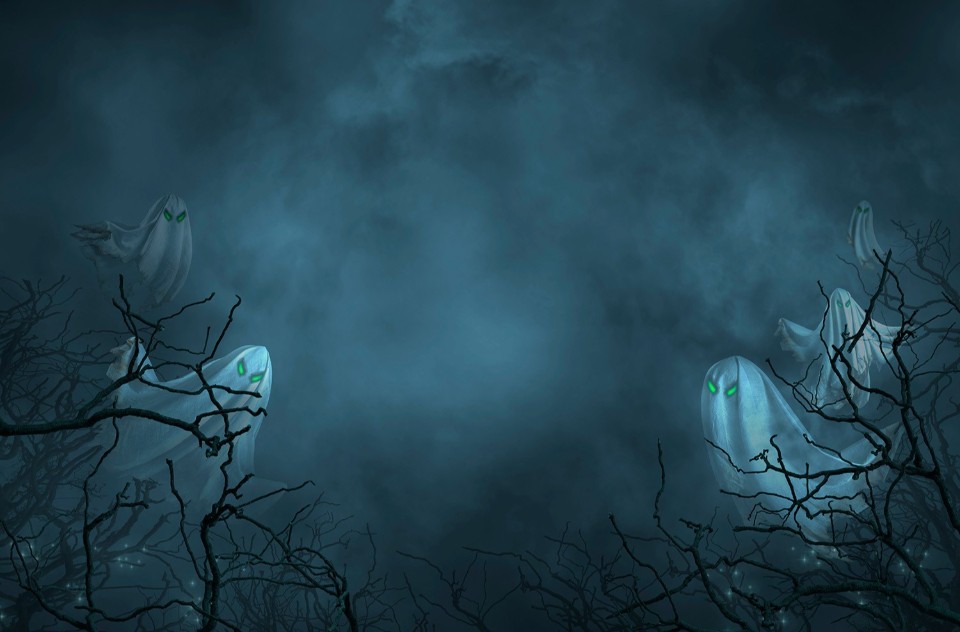
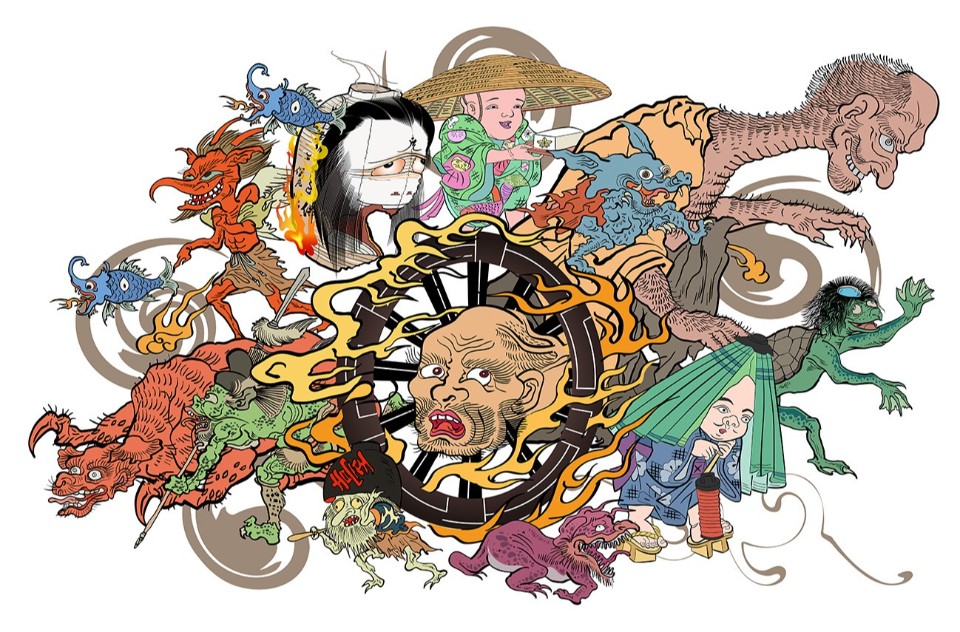
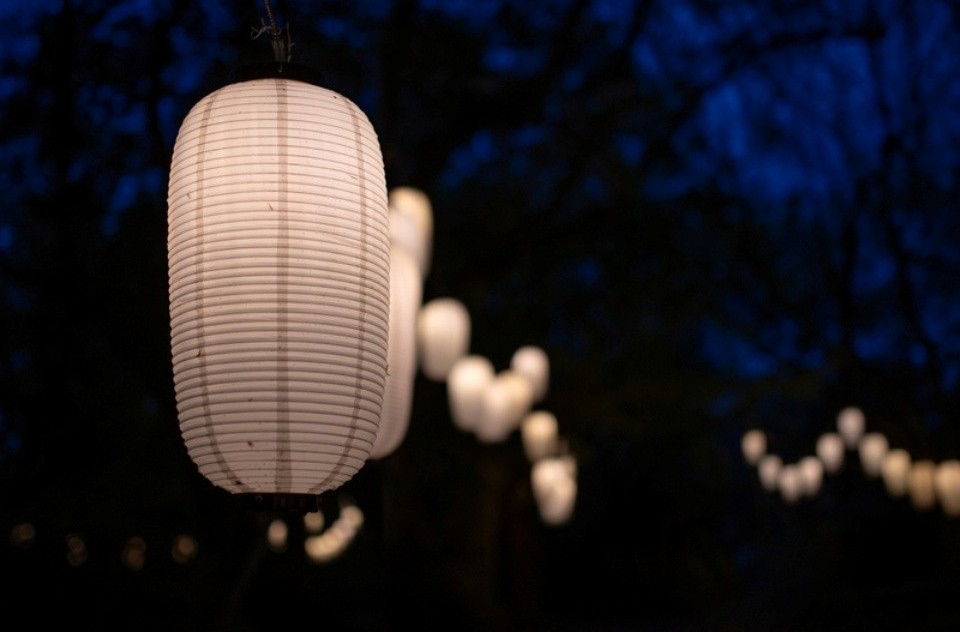

Comments